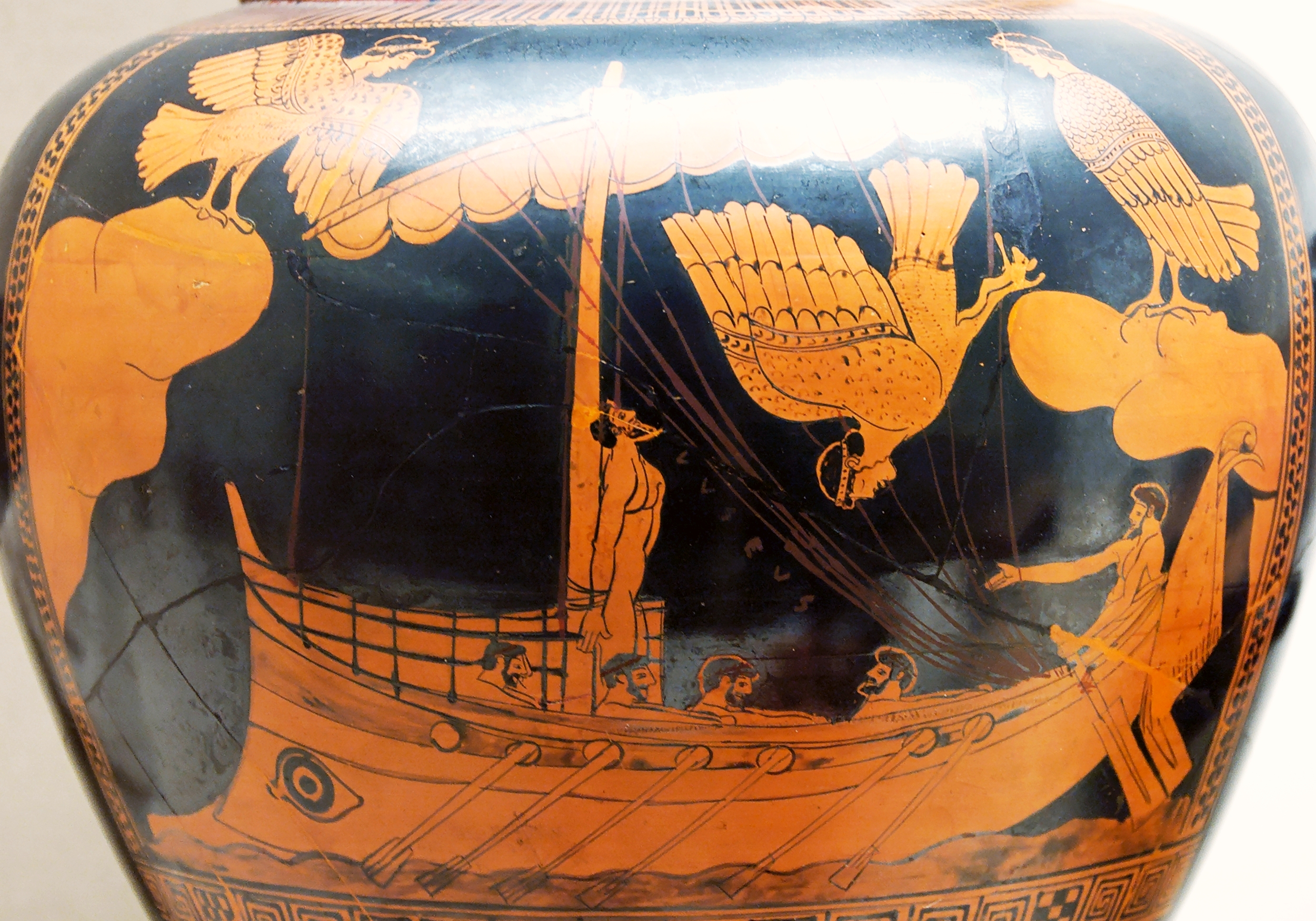There's nothing like the boredom of hot summer months. Makes you do the darnedest things, like watch Hollywood movies set in ancient times. You know they're gonna stink, but you watch them anyway. So a few days back I sat down with a beer and watched “The Eagle”. Here's the thing: “The Eagle” is an action-adventure movie, and it counts on your suspension of disbelief. Grant it that, and it not a painfully bad movie. It has a bunch of historical anachronisms, not worse than other movies of its kind (the most annoying for me is the consistent use of stirrups – thought Hollywood would eventually learn, but they're there all the time). The action is also predictable – probably the result of being based on a book for teenagers. Oh, and the leading character's name is Aquila. Shesh! We get it already! |
It's got Channing Tatum, with relatively convincing bangles (but that's about everything that's convincing about him), a likable Jamie Bell, who didn't shine, but made me somewhat curious to see what else he can do, and an underused and spectacular supporting cast. You'll recognized a lot of actors in secondary roles, but watch out especially for the talented Tahar Rahim from “The Profet”. I'll give you a piece of candy if you recognize him before his final scene. There are no women whatsoever in “The Eagle”, thus making it a passable chick flick, with a decent homoerotic storyline (but doesn't excel at that either).
The natives looked like ripped off from a prehistoric Mad Max. I don't claim I know how they looked back then – I only wish they weren't so cartoonized in “The Eagle”. I appreciated however that they weren't forced to speak English, and we, the viewers, had no idea what they said. Kinda put everything in a Roman perspective. (And, if the natives actually looked like that, made you understand why Romans used them for entertainment.)
Ignoring everything you know about fighting tactics and formations at the time, some of the battle scenes are really good. But the strongest feature of the movie is the eery landscape (is it so awful to say something like that about a movie?), highlighted by the great work of cinematographer Anthony Dod Mantle (remember him from Lars von Trier's "Antichrist"?)
There are movies worth seeing, and there are movies that happen to be there on a rainy Sunday afternoon. If you've got nothing else to do, watch “The Eagle”, it won't make you wanna rip your eyeballs off.







